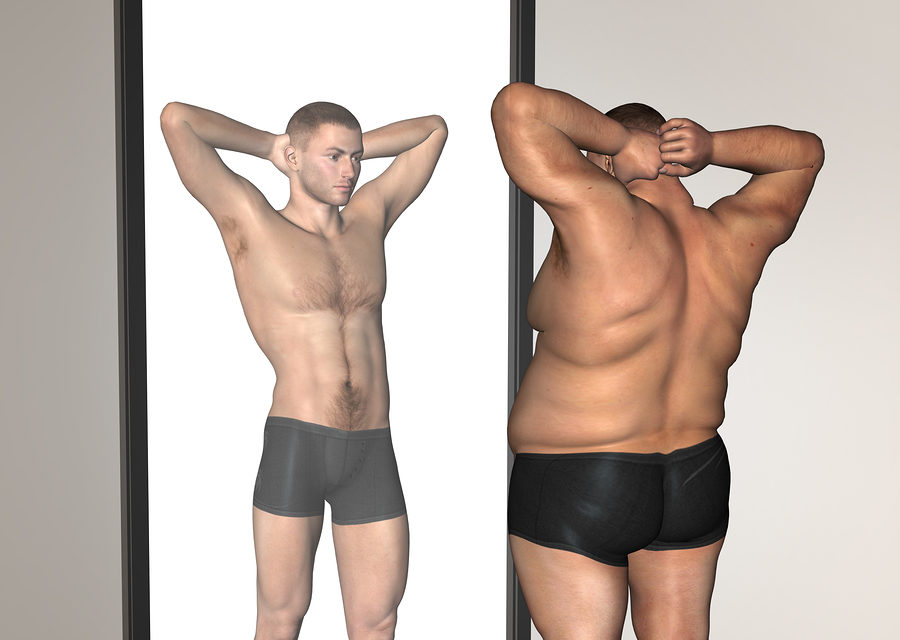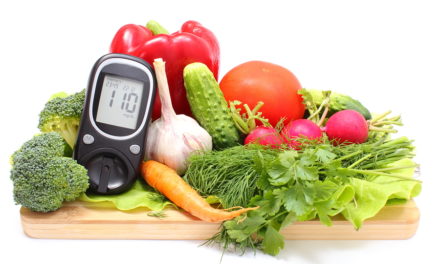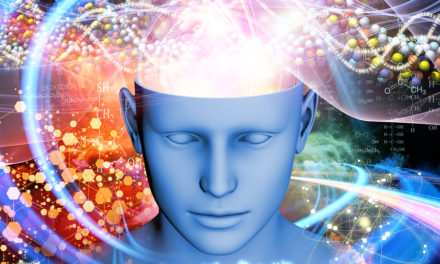Obesity is on the rise in the United States. BMI stands for “Body Mass Index”; BMI equals a person’s weight in kilograms divided by height in meters squared. (BMI=kg/m2). A person who has a BMI over 25 is considered overweight and a person with a BMI over 30 is considered to be obese.
Between 1976 and 2002 there has been a 38% increase in the number of American adults who are overweight and the number of obese Americans has doubled. About half of all Americans are overweight and 25% of Americans under the age of 40 are obese.
What is happening to children is even more disturbing. Between 1963 and 1970, 4% of children between 6 and 11; and 5% of children between 12 and 19 were overweight. In the period between 1999 and 2002 the number of overweight children in both groups was 16%–it had more than tripled.
The figures are even worse, according to research appearing in the New England Journal of Medicine
- 20% of American children are overweight.
- 25% of children 4-10 years old and 21% of those 11-18 years old have early signs of Type 2 diabetes demonstrated through impaired glucose tolerance.
- Younger children are worse off than older.
- Yale University study published in New England Journal of Medicine March 14, 2002
Let’s take a minute to distinguish type 1 diabetes from type 2 diabetes. Type 1 diabetes results from autoimmune destruction of the beta cells of the pancreas (auto antibodies are found in 80% of the cases) The patients are usually thin, ketoacidosis occurs if insulin therapy is not provided (Fat is burned because glucose can’t be adequately used. Ketones result from fat burning). Patients have glucosuria, which occurs when the glucose level surpasses the kidneys’ ability to absorb glucose (usually at around 165 mg/dl). They have polydipsia and polyurea—the tendency to drink a lot and urinate a lot. Glucose is an osmotic diuretic and an increase in renal loss of glucose is accompanied by loss of water and electrolytes.
Type 2 diabetes is the result of insulin insensitivity—syndrome X. Unlike type 1 diabetics who are thin, type 2 diabetics are overweight. A person is considered diabetic if the fasting blood glucose is over 140 on two different occasions, or the blood sugar is above 200 during a glucose tolerance test. If the individual has blood glucose between 140-180 during the glucose tolerance test, that is considered to be “impaired” glucose tolerance.
Type 2 diabetics rarely get ketoacidosis. They produce plenty of insulin, but are insulin resistant. Type 2 diabetes generally manifests after the age of 40.
Diabetes can lead to glycosylation of proteins; examples include hemoglobin, myosin in muscle, lens of the eye, collagen, myelin. Initial glycosylations are usually reversible.
A few words about insulin: Insulin is involved in fuel storage—it is an anabolic hormone. Glucose transports sugar into the cells. 80% of the body’s cells become permeable to glucose when insulin binds to receptors on the cell membranes. Sugar is phosphorylated and used as fuel. It is stored in the short term for later use of energy as glycogen. Excess sugar is converted to triglycerides and then to fat. In the presence of large amounts of insulin, we don’t burn fat, we deposit fat.
As stated, insulin is anabolic hormone. It promotes the uptake of amino acids and the subsequent formation of proteins. Insulin increases the rate of protein synthesis and decreases the rate of protein degradation. Thus, insulin deficiency will lead to increased catabolism of protein. Increased proteolysis leads to elevated concentrations in plasma amino acids that serve as precursors for gluconeogenesis.
Insulin has a half-life of 30-45 mins. and is fully cleared in about 6 hours. Effects may continue for hours and even days at the cellular level. Insulinase breaks down insulin in liver and kidney and is a zinc dependent enzyme. Breakdown of fat is greatly enhanced by the absence of insulin.
60% of glucose from food is stored in the liver. Once the liver is full, glucose is turned to fatty acids and packed as triglycerides in VLDL for deposition as fat.
Insulin inhibits gluconeogenesis by decreasing the necessary enzymes and release of amino acids necessary for the process.
Hemoglobin A1C. Advanced glycosylation products, AGE’s, are formed through time.
Neuropathy: Loss of sensation, proprioception—begins peripherally
Retinopathy: Microvascular disease of the eye. due to damage of small vessels. Proliferative retinopathy develops because of an increasing lack of oxygen
Vascular pathology: The hallmark thickening of the basement membranes – related to duration of diabetes and degree of glycemic control. Gradually increases & after 10-20 years, material start to accumulate and compromise vascular and urinary spaces
NEPHROPATHY: Look for proteinuria, nephrotic syndrome and hypertension.
INFECTIONS: Diabetics have depressed immunity and are prone to infection.
CVD: -Suggested mechanisms include: glycation of collagen and other vessel-wall proteins and lipoproteins; accelerated generation of reactive oxygen species; increased oxidative stress on glycated end products. Cardiovascular disease is the primary cause of death in people with diabetes, accounting for roughly 65% of mortality. Increased cardiovascular risk actually precedes the formal diagnosis of type 2 diabetes by many years. In other words, the clock starts ticking years before the onset of clinical diabetes.
Glucose in the cells of the eyes, kidneys and nerves (insulin is not needed to transport glucose into these tissues) is converted to sorbitol and then to fructose. Sorbitol causes more damage. Water also enters cells with subsequent swelling, electrolyte imbalance, and cellular dysfunction. Sorbitol is formed by the action of aldose reductase; this depletes glutathione, NO, inositol, and taurine.
Blocking the sorbitol pathway is accomplished by inhibiting the enzyme aldose reductase. Aldose reductase is necessary for the conversion of glucose to sorbitol. A high dose of thiamin, greater than 150 mg. is an aldose reductase inhibitor. Quercitin is another one. (others including vitamin C)
Gluconeogenesis: is the generation of glucose from non-sugar carbon substrates like pyruvate, lactate, glycerol, and amino acids (primarily alanine and glutamine). Insulin inhibits gluconeogenesis. Gluconeogenesis becomes up-regulated by STRESS induced cortisol and the functional intracellular deficit of glucose. The Survivor scenario.
Insulin resistance creates a functional deficiency of insulin and glucose. Result – together with elevated cortisol, there is a loss of lean muscle mass and increase in adipose tissue.
When glucose and is low in the blood, liver glycogen is split by phosphoralyase under direction of glucogon and glucose is released into the bloodstream.
Glucose transporter molecules are necessary to move glucose into the cell, they are called by the name “GLUT”, followed by a number. GLUT1 is present in most tissues, GLUT2 is found in liver and pancreatic b-cells, GLUT3 is in the brain and GLUT4 is found in heart, adipose tissue and skeletal muscle.
Defects in GLUT 4 are thought to be one of the principle issues in insulin resistance.
When a patient develops insulin resistance they exhibit the following symptoms:
- Fatigue
- Weight gain and difficult weight loss
- Brain Fog, inability to focus
- Carbohydrate craving
- Periods of hypoglycemia after high carb meals – despite high levels of glucose and insulin.
- Moody and/or depressed
We now consume in excess of 150 pounds of sugar each year. Around the year 1900, the amount was about half of that. The earliest figures are from Britan in 1750, and the amount was about 7 ½ pounds each year. Eliminating sugar and refined carbohydrate from our diets would go a long way in improving this situation.






